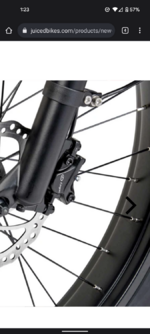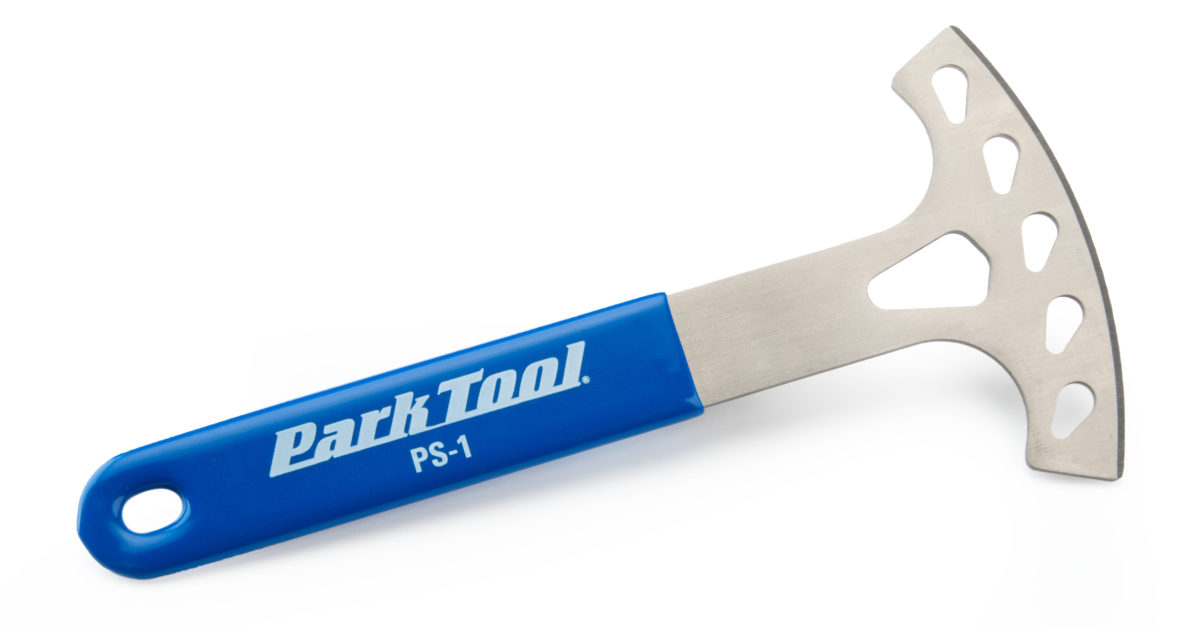So I recently got zero pressure zero brakes on my logan brakes. Did what every forum and youtube video said. Got a brake bleed kit, topped it off, got out every single air bubble known to man.
STILL zero pressure. So I made sure the pistons were working properly. They are.
So my question is, could it be the brake pads? That might sound silly but when talking about brake lever pressure everyone always says air bubbles and fluid. But that is all good. So could it just be that my brake pads have had it and I finally need new ones?
STILL zero pressure. So I made sure the pistons were working properly. They are.
So my question is, could it be the brake pads? That might sound silly but when talking about brake lever pressure everyone always says air bubbles and fluid. But that is all good. So could it just be that my brake pads have had it and I finally need new ones?




